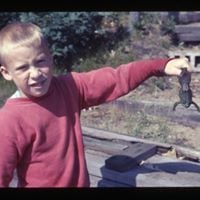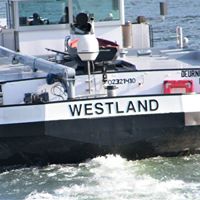What did the Wright brothers invent?
The Wright brothers – Orville (August 19, 1871 – January 30, 1948) and Wilbur (April 16, 1867 – May 30, 1912) – were two American aviation pioneers generally credited with inventing, building, and flying the world's first successful airplane. They made the first controlled, sustained flight of a powered, heavier-than-air aircraft with the Wright Flyer on December 17, 1903, four miles south of Kitty Hawk, North Carolina. In 1904–05, the brothers developed their flying machine into the first practical fixed-wing aircraft, the Wright Flyer III. Although not the first to build experimental aircraft, the Wright brothers were the first to invent aircraft controls that made fixed-wing powered flight possible.
The brothers' breakthrough was their creation of a three-axis control system, which enabled the pilot to steer the aircraft effectively and to maintain its equilibrium. This method remains standard on fixed-wing aircraft of all kinds. From the beginning of their aeronautical work, the Wright brothers focused on developing a reliable method of pilot control as the key to solving "the flying problem". This approach differed significantly from other experimenters of the time who put more emphasis on developing powerful engines. Using a small homebuilt wind tunnel, the Wrights also collected more accurate data than any before, enabling them to design more efficient wings and propellers.
More Info:
en.wikipedia.org








